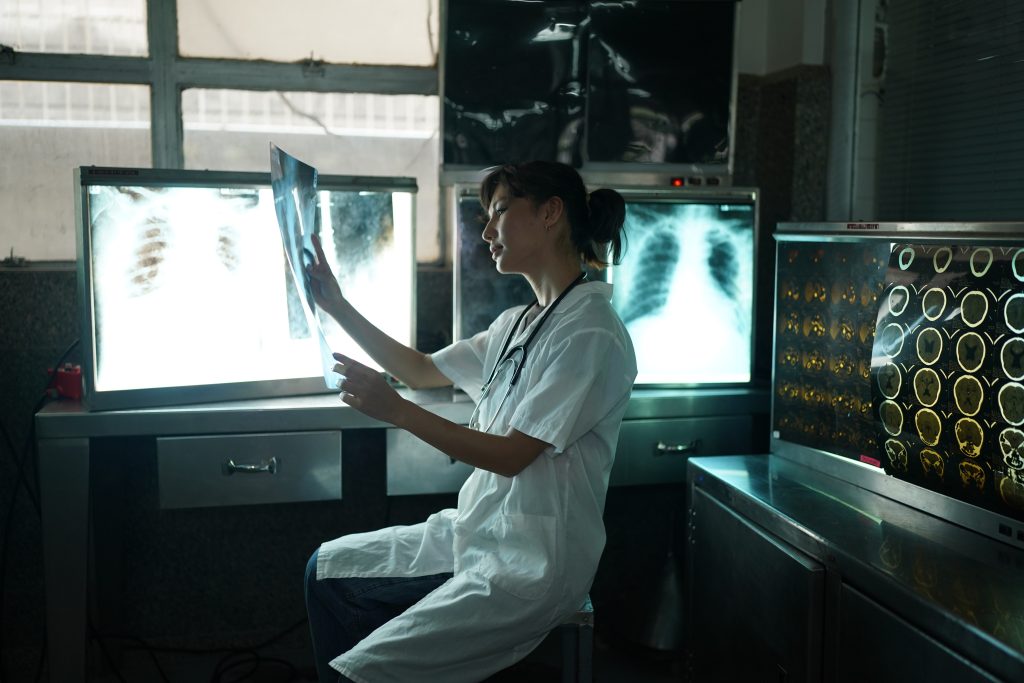As technology advances, the security of protected health information (PHI) is becoming a major concern for healthcare professionals. In this article, we’ll discuss what these three rules are and how they apply to medical practices across the country. We’ll also provide some tips on how you can ensure your practice complies with HIPAA Security Rules so that you don’t face any penalties or fines from government regulators.
By understanding these regulations and implementing them into your daily operations, you can help protect patient data while keeping your practice compliant with federal laws governing data privacy in healthcare settings.
What is HIPAA?
The HIPAA Privacy Rule was created to protect the privacy of individuals’ health information, while the HIPAA Security Rule protects the integrity of that same information. The Security Rule focuses on safeguarding electronic protected health information (ePHI), which is any medical record or other healthcare data that is stored or transmitted electronically.
There are three primary components to the HIPAA Security Rule: administrative safeguards, physical safeguards, and technical safeguards. Let’s look at each of these in more detail.
Administrative Safeguards
Administrative safeguards are policies and procedures designed to ensure that organizations protect the security of ePHI. This includes implementing access control measures to prevent unauthorized individuals from accessing ePHI, as well as creating detailed audit logs to track who is accessing data and when.
Organizations are also required to implement a disaster recovery plan so that patient data can be recovered in the event of an emergency.
Physical Safeguards
The physical safeguards component of the HIPAA Security Rule mandates that organizations protect against unauthorized access to physical documents or equipment that contain ePHI. This includes locking all cabinets and drawers in which PHI is stored, as well as properly disposing of paper records that are no longer needed.
Additionally, personnel should be trained to recognize a breach in physical security and take steps to remedy the situation quickly.
Technical Safeguards
The technical safeguards component of the HIPAA Security Rule focuses on protecting ePHI from unauthorized access. It requires all health organizations to implement measures that protect data in transit (encryption), as well as limit how users access information (access control).
Technical safeguards mandate that security audits are performed regularly to ensure that any potential vulnerabilities are identified and addressed quickly.
Complying with HIPAA Security Rules
Staying compliant with HIPAA Security Rules can seem like a daunting task. However, there are several steps that you can take to ensure your practice is meeting the standards established by the law.
One of the most helpful things you can do is to hire a reliable manage service provider (MSP) that can provide security assessments and audits. This will help you identify any potential vulnerabilities, as well as ensure that your practice is compliant with HIPAA regulations.
Remaining Compliant is Essential
Protected health information is one of the most important assets at any healthcare organization, which means it needs to be kept safe and secure. By understanding and implementing the HIPAA Security Rule, you can protect patient data while also keeping your practice compliant with federal regulations.
Be sure to have detailed policies in place for handling PHI, educate employees on best practices, and consider outsourcing compliance to a third-party vendor. Doing so will help you protect patient data while also avoiding any potential penalties or fines from government regulators.
